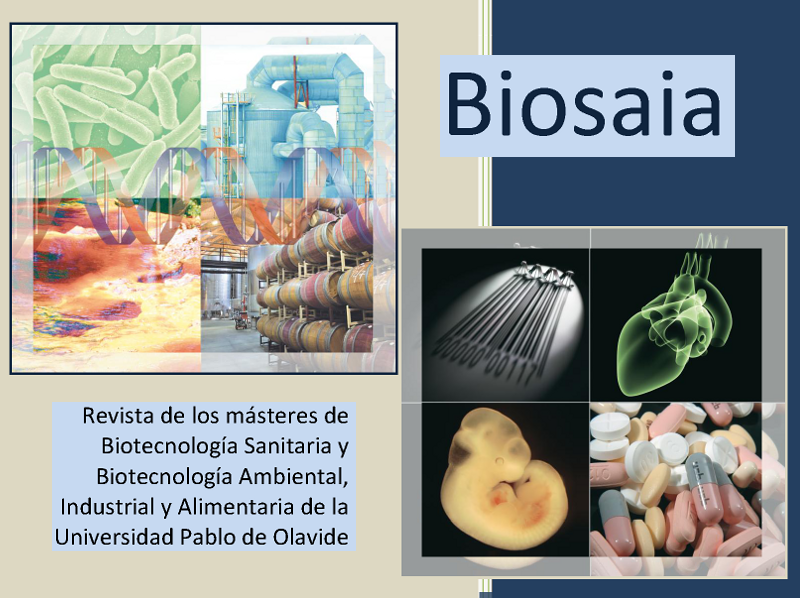Role of mesenchymal stem cells in the remodeling of the extracellular matrix in glioblastoma
Palabras clave:
glioblastoma; extracellular matrix; mesenchymal stem cells; collagen; metalloproteinasesResumen
Motivation: Glioblastoma multiforme (GBM) is the most common and malignant brain tumor. Patients who suffer from this malignancy have a median survival rate of approximately 12 months. Current treatments for GBM are surgery, radiotherapy, and chemotherapy (1), but these treatments do not offer a definitive solution. In this context, the cell therapy based on mesenchymal stem cells (MSCs) has emerged as a promising alternative to improve the survival of patients (2). Our study aims to investigate the underlying mechanisms by which MSCs could exert beneficial effects in GBM, paying special attention to the extracellular matrix remodeling.
Methods: All in vitro and in vivo studies were performed using three experimental groups: U87 glioma cells (U87), U87 glioma cells in the presence of MSCs (U87+MSC), and U87 glioma cells in the presence of MSCs previously pretreated with a substance that improves their therapeutic properties (U87+MSCpret). First, using paraffin-embedding tissuse sections of tumors that were subcutaneously grown in immunosuppressed mice (n=5), we performed a Sirius Red staining to quantify the collagen fibers content. Second, using the transwell coculture system (3), we conducted an RNA-Seq analysis to evaluate the expression levels of genes involved in extracellular matrix remodeling in the U87 glioma cells of each experimental group (n=3). RT-qPCR was performed to validate the RNA-Seq results (n=3). Values of p <0.05 were considered statistically significant.
Results: The quantification of the collagen deposition in subcutaneous tumors showed a tendency to decrease in the U87+MSCpret group. In the RNA-Seq analysis, we obtained a list of extracellular matrix-related genes with a significant differential expression (e.g. Mmp28, Hyal1, Col24a1, Cemip, Eln). RT-qPCR results showed a tendency to reduce the expression of genes related to the remodeling of the extracellular matrix, such as Mmp9, Mmp2, Timp1, Timp2 or Tgf-β, in the U87+MSCpret group. Of note, this reduction in the expression levels became significant for Timp1 (p<0.05).
Conclusions: Pretreated MSCs prevent the accumulation of collagen in the GMB using in vivo models, which is associated with less invasive tumors. In vitro, we identified that the expression of extracellular matrix proteins tended to decrease in GBM cells when they were co-cultured with pretreated MSCs, suggesting that these cells may reduce tumorigenesis by altering extracellular matrix remodeling.
Descargas
Citas
Bryukhovetskiy I, Bryukhovetskiy A, Khotimchenko Y, Mischenko P. Novel cellular and post-genomic technologies in the treatment of glioblastoma multiforme (Review). Oncol Rep. 2016 Feb 1;35(2):639–48.
Ho IAW, Toh HC, Ng WH, Teo YL, Guo CM, Hui KM, et al. Human bone marrow-derived mesenchymal stem cells suppress human glioma growth through inhibition of angiogenesis. Stem Cells. 2013 Jan;31(1):146–55.
Hatherell K, Couraud PO, Romero IA, Weksler B, Pilkington GJ. Development of a three-dimensional, all-human in vitro model of the blood-brain barrier using mono-, co-, and tri-cultivation Transwell models. J Neurosci Methods. 2011 Aug 15;199(2):223–9.
Descargas
Publicado
Cómo citar
Número
Sección
Licencia

Esta obra está bajo una licencia internacional Creative Commons Atribución-NoComercial-CompartirIgual 4.0.





